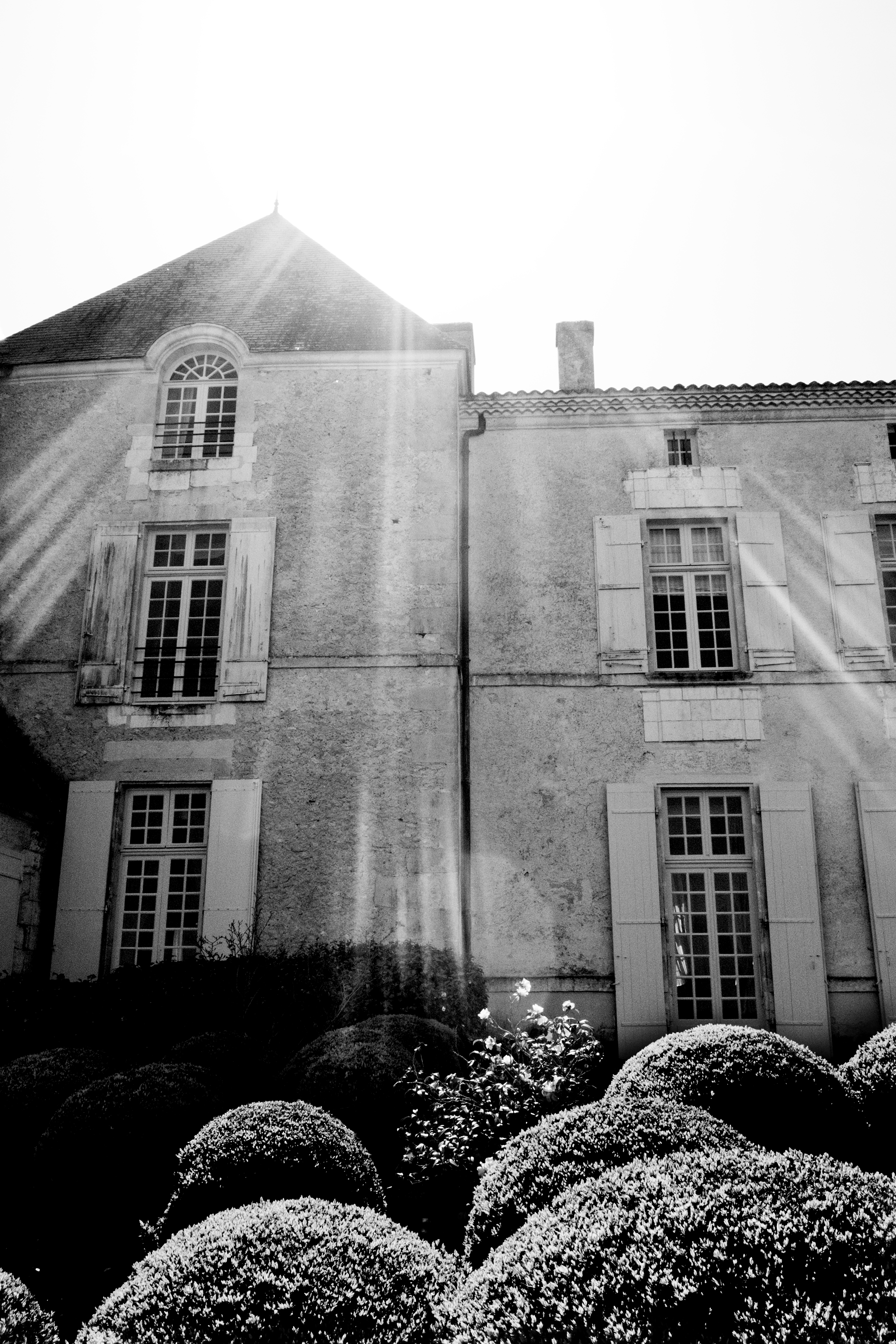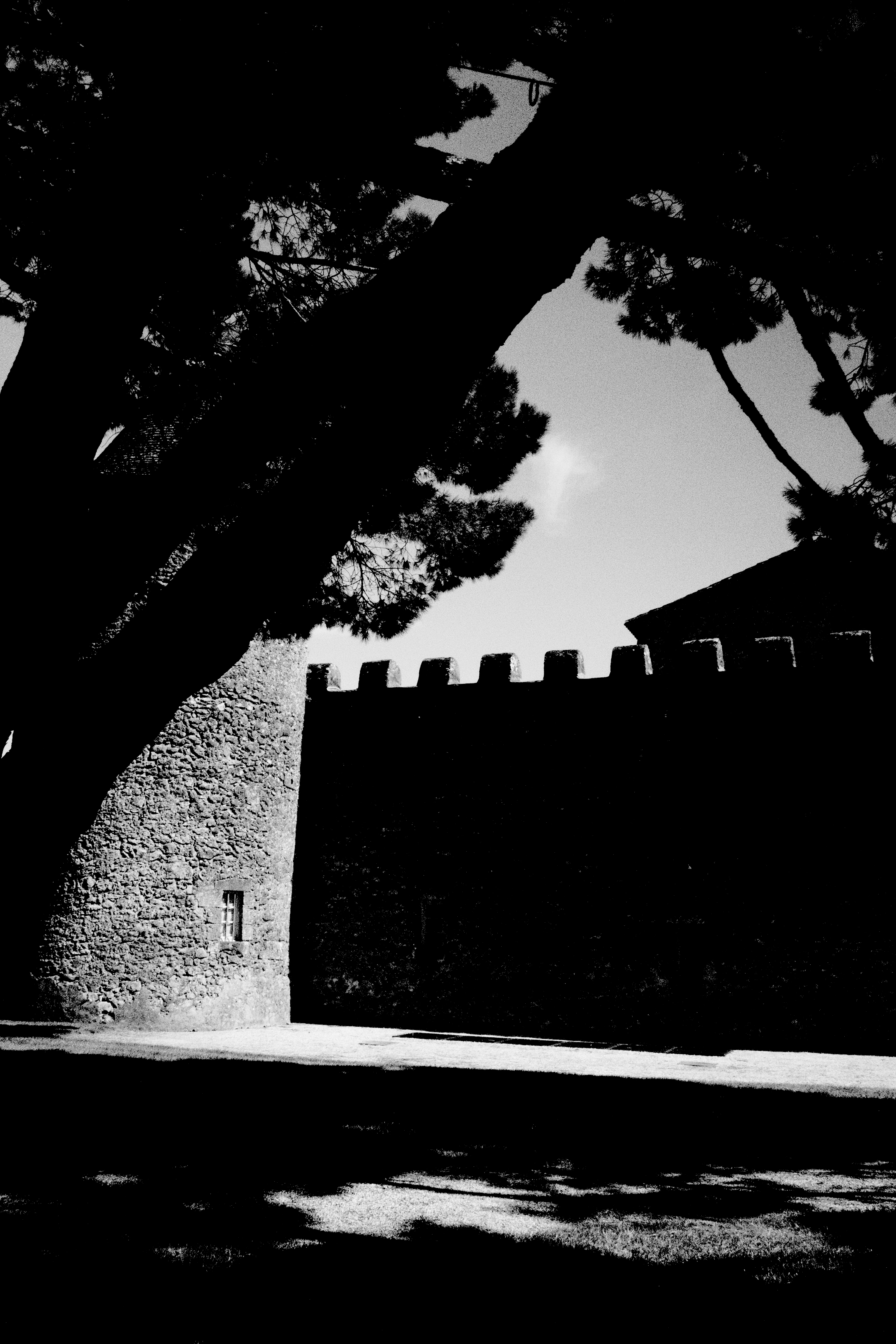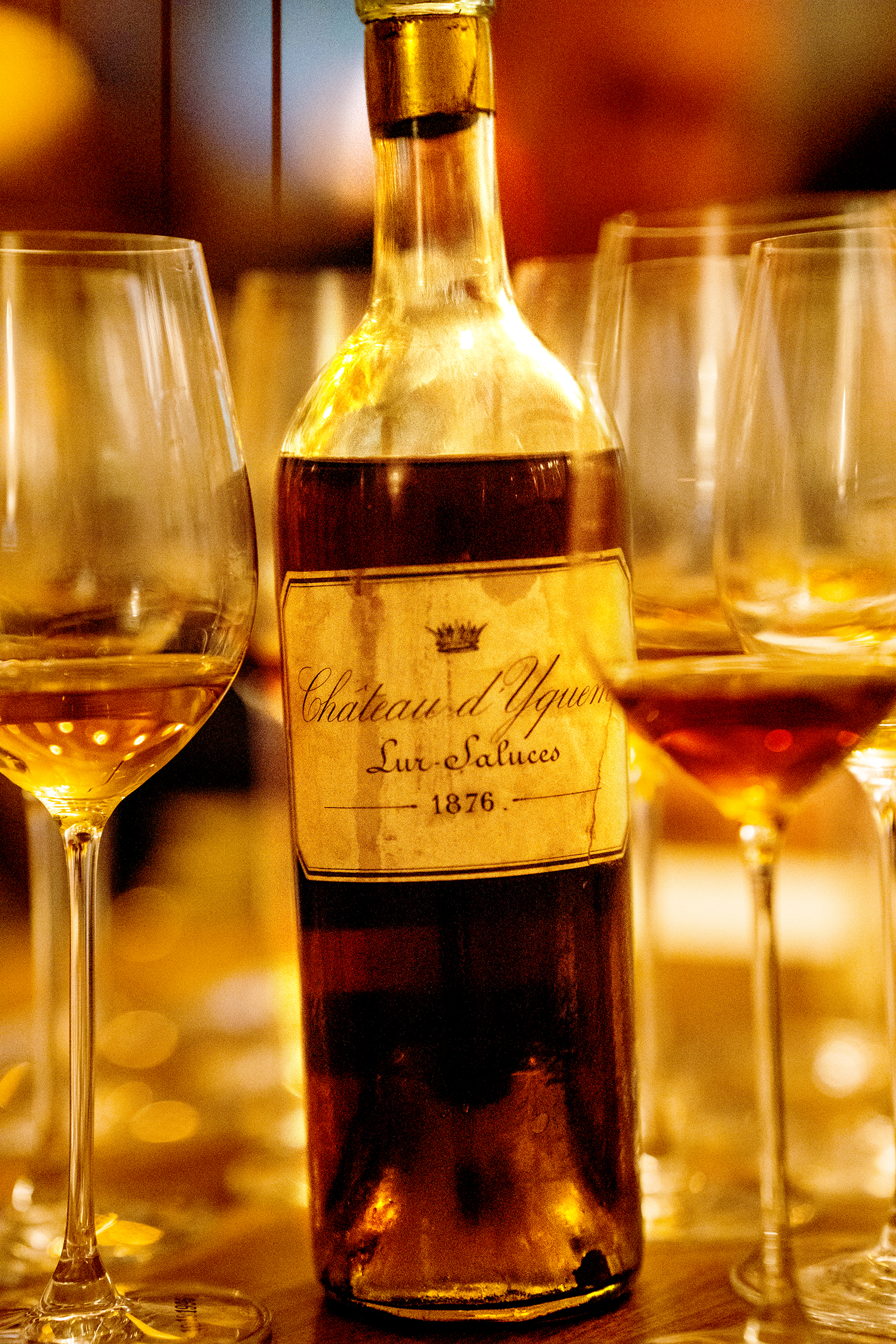07th Sep 2023
Give me my robe, put on my crown; I have Immortal longings in me.
- William Shakespeare, Antony and Cleopatra
Elixir Immortal
One of the most common questions asked of wine experts is, “How long can this bottle of wine last?” The importance of this consideration cannot be underestimated. Among the greatest disappointments when aging wines is to have overshot the optimum drinking window, only to discover a treasured (and most likely expensive) bottle is as fruitless as a doornail. Ideal drinking windows require a lot of experience to judge. Much of the estimation involves understanding the grape variety, site, style, and winemaking. But it’s easy to underestimate the wine’s stamina by a decade or two when it comes to botrytized sweet wines like Sauternes. And for Château d’Yquem, that misjudgment window can be half a century or more.
Yquem is the only wine I’ve tasted many times and never had to conclude, "This bottle is dead."

The château of Yquem dates as far back as the 1300s. Its iconic name can be traced to the late 1400s when the wealthy Eyquem family was said to have owned the estate for a time. In 1593, Jacques de Sauvage leased the property from the French government and was to remain with this family for nearly two centuries. However, the château didn’t have a vineyard until around 1711, when the Sauvage family purchased the land outright from the government and put down roots.
Apart from the moment when vines were married to the soil, perhaps the most significant milestone for Yquem occurred in 1785 when the estate was acquired by the Lur Saluces family through the marriage of Françoise-Joséphine de Sauvage d’Yquem to Count Louis Amédée de Lur Saluces. The marriage did not last long. The Count was tragically killed in a horse-riding accident three years after the wedding. His widow, Françoise-Joséphine, assumed the Lur Saluces name and management of the property. From here on, the château would remain within the Lur Saluces family for over 200 years.

Françoise-Joséphine’s heir, her grandson Romain-Bertrand de Lur Saluces, took over management of the estate in 1851. A few years later, in 1855, Yquem was judged “Premier Cru Supérieur” in the Grand Cru Classification of Bordeaux that year—a singular position.
At around the same time of the classification, the Lur Saluces family would embark on making the most significant change to the terroir of this property in its long history. They installed 60 miles of drainage pipes, covering 80% of the vineyard area. This measure to prevent water logging would help to ensure the consistency of quality of Yquem even in challenging vintages, which has become one of its USPs.
The vineyard area of Yquem is enormous, even in the context of the great estates of the Médoc.
The estate covers nearly 280 acres of vines, extending to the highest point in the region. Not all this land under vine goes to produce wine each year. There is a rolling replanting process whereby a few acres of older (around 40+ years), non-viable vines are grubbed up, left fallow for a few years, and then replanted. The average age of vines in production is thus maintained at around 30 years.
Given the sheer size of the vineyard, it’s no surprise that there is a lot of soil variation. The soils are mainly composed of sun-warmed gravel and pebbles over clay, making for a best-of-both-worlds scenario: free draining and water-retentive. Plus, the installation of drainage channels keeps the clay in check during very wet periods. What is particularly special about this site is where it sits—on a hill. The air movement afforded by this lofty position means that frost is rare and that the onset of botrytis is consistently swift and even.
With about 80% Sémillon and 20% Sauvignon Blanc, the vine variety split at Yquem is typical for the region and for the blend.

In 1996, Bernard Arnault’s LVMH luxury goods empire began purchasing shares of Yquem from the Lur Saluces family. The ensuing partnership was notoriously fraught with bickering and lawsuits, to the extent that in 1999, Arnault purchased a majority stake in Yquem. In 2004, LVMH assumed complete control, positioning Pierre Lurton—already heading up Château Cheval Blanc for Arnault—at the helm.
Under LVMH ownership, the chai was completely restored. In 2009, a tasting room was added. “And we restored the historic château, preserving the 17th-century frescoes that line the main sitting room and other original details,” Pierre Lurton told me.
Y—Yquem’s dry (or drier) wine—was first made in 1959. “Back then, it was a Sauternes with less sugar,” said Lurton. Over time, it morphed into an off-dry style. Before Lurton’s takeover, it was made in an oxidative manner, often with the inclusion of a portion of botrytized fruit and with a notable level of residual sugar. The style changed after Lurton hired Denis Dubourdieu as a consultant in the mid-2000s. The Sauvignon Blanc for this label was harvested earlier, towards the beginning of the Sauternes harvest period, rather than in the middle. A new tank room with stainless steel vats was built to start the fermentation of Y. Subsequently, the wine became purer, fresher, and drier. Although it maintains a dollop of residual sugar, usually around 7 g/L, it now comes across as dry, with the sweetness manifesting in the texture.
LVMH has also made a few subtle branding/marketing changes. “The labels of Yquem and Y were simplified and made cleaner. The new look is closer to the first labels, before the addition of details over the years,” Lurton mentioned. The château has recently been opened to the public, and visits can be scheduled. Nowadays, visitors can even buy wine at the end of the visit at the boutique. A vast flower and herb garden was put next to the château, which is now one of the features the visitors appreciate most.
And what about the heart of Yquem—the vineyards and the winemaking? “Overall, the most important elements that make Yquem and Y what they are, which we inherited from the Lur Saluces family, are still with us,” Lurton commented. “The vines, of course, but very importantly, the families that work the vineyard year-round and pick the grapes with so much care and attention.”
Most recently, Italian-born Lorenzo Pasquini has come on board as technical director for Château d’Yquem, bringing fresh eyes and energy to the scene. Prior to this, Francis Mayeur was the technical director since 1983 and he remains as a consultant.

Miraculously Alive
In June this year, The Wine Independent hosted a TWI Summit Dinner event in Dallas, Texas, featuring 15 vintages of Château d’Yquem going back to 1876. Most of the bottles were purchased from the estate’s cellar, while a few were purchased from reputable sources. A pair of 19th-century bottles was donated by one of the attendees of the event, who acquired them through Sotheby’s after they had been validated by Pierre Lurton. Pierre Lurton hosted the event, taking us through each vintage and sharing information from the cellar masters’ harvest books. The only vintage for which there was no information in the Yquem archives was the 1876. It turned out to be the most mercurial wine of the evening—disappointingly mute to begin, seemingly dead. Fortunately, many attendees from the Yquem dinner joined our Château Cheval Blanc dinner the next night, where we shared the remainder of the Yquem bottles. Twenty-four hours later, the 1876 Yquem was miraculously alive, springing from the glass with the most gorgeous jasmine and chamomile tea perfume, leading to a delicious crème brulée undercurrent. Whereas the palate seemed quite dry and austere upon first taste, as the 1865 developed over the hours and into the next day, the sweetness emerged, ultimately revealing a jaw-dropping elixir immortal.
In total, this article includes reviews of 32 vintages of Château d’Yquem. The following vintages were tasted at the TWI Summit Dinner in Dallas: 1876, 1887, 1908, 1924, 1929, 1937, 1938, 1967, 1971, 1975, 1982, 1983, 1989, 1996, and 2001. The other vintages are from vertical tastings during two visits to the Château earlier this year. While recommended drinking windows have been included with each of the reviews, I tend to err on the side of caution, and many of these vintages are likely to give pleasure for far longer than I have suggested.
More information about our TWI Summit events and how you can join can be found here.
-
Article & Reviews by Lisa Perrotti-Brown
Photography by Johan Berglund

PRODUCERS IN THIS ARTICLE
> Show all wines sorted by scoreMore articles

Cathiard Vineyard New Releases
02nd May 2024
3 tasting notes

Bordeaux 2023 Preliminary Vintage Report and Reviews from Barrel
29th Apr 2024
56 tasting notes

2021 Bordeaux in Bottle and A Modest Proposal
24th Apr 2024
599 tasting notes

Pilcrow’s New Releases
18th Apr 2024
7 tasting notes
Show all articles